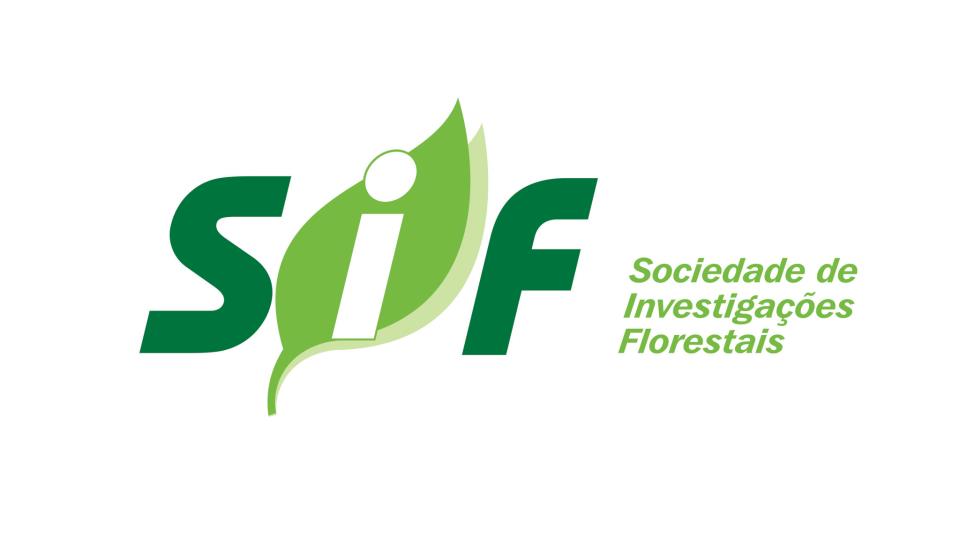Biblioteca Florestal
Digital
Digital
Levantamento fitossociológico e caráter sucessional de um trecho de Floresta Secundária Ciliar em Juquitiba, SP, Brasil

JavaScript is disabled for your browser. Some features of this site may not work without it.
| dc.contributor.author | Polisel, Rodrigo Trassi | |
| dc.date.accessioned | 2014-09-15T19:30:12Z | |
| dc.date.available | 2014-09-15T19:30:12Z | |
| dc.date.issued | 2013 | |
| dc.identifier.citation | POLISEL, R. T. Levantamento fitossociológico e caráter sucessional de um trecho de Floresta Secundária Ciliar em Juquitiba, SP, Brasil. Revista Árvore, Viçosa, v.37, n.5, p.789-799. 2013. | pt_BR |
| dc.identifier.issn | 1806-9088 | |
| dc.identifier.uri | http://www.bibliotecaflorestal.ufv.br/handle/123456789/11024 | |
| dc.description.abstract | O objetivo deste trabalho foi levantar as estruturas horizontal e vertical da comunidade arbórea em regeneração de trecho de floresta secundária ciliar de aproximadamente trinta anos de idade e conhecer quais as espécies mais abundantes em cada estrato da floresta, para se conhecer o grau sucessional deste trecho florestal. Foram levantados 800 m2 de área, sub-divididos em dezesseis parcelas de 10 x 5 m, no interior das quais todos os indivíduos com DAP 1 cm foram amostrados e identificados para as análises horizontal (DR, FR, DoR, IVC e IVI), vertical (PSR e RNT) e mista, a partir do índice de valor de importância ampliado (IVIa). Foram amostrados 689 indivíduos, pertencentes a 38 famílias, 74 gêneros e 109 espécies. A densidade total foi de 8.614 indivíduos/ha. O índice de diversidade de Shannon foi de 3,99 e o de eqüabilidade de Pielou, 0,85. Tibouchina pulchra, Psychotria suterella e Endlicheria paniculata se destacaram com elevados valores de IVIa. Guarea macrophylla, Gomidesia anacardiaefolia, Xylopia langsdorffiana e Endlicheria paniculata obtiveram elevados valores de RNT, indicando adequada regeneração natural no trecho. As espécies secundárias iniciais e umbrófilas apresentaram a maior importância ecológica nesse trecho de floresta com trinta anos de pousio, com os maiores valores de posição sociológica e índice de valor de importância. Além destas, as espécies secundárias tardias presentes em todos os estratos sugerem o grau sucessional intermediário para o trecho estudado. | pt_BR |
| dc.description.abstract | The objective of this study was to evaluate the horizontal and vertical structures of tree community in regeneration in a fragment of a secondary riparian forest at approximately 30 years of age and to identify the most abundant species in each fragment of the forest to determine the sucessional stage. An area of 800 m 2 was subdivided into 16 samples of 10 x 5 m and all individuals with DBH 1 cm were sampled and identified for the following analyzes: horizontal parameters (DR, FR, DoR, IVC and IVI), vertical parameters (PSR and RNR) and mixed parameters, from of value of increased importance index (IVIa). The survey measured 689 individuals, belonging to 38 families, 74 genus and 109 species. The total density was 8,614 individuals/ ha. The index of Shannon ́s diversity was 3.99 and the index of Pielou ́s equability was 0.85. Tibouchina pulchra, Psychotria suterella and Endlicheria paniculata obtained high values of IVIa. Guarea macrophylla, Gomidesia anacardiaefolia, Xylopia langsdorffiana and Endlicheria paniculata achieved high values of RNT, indicating adequate natural regeneration in the plot. The initial secondary and umbrophylous species showed the highest ecological importance in this fragment of the forest, with the highest values of sociologic position and importance index. Furthermore, the presence of late secondary species in all layers suggest that the studied fragment is in intermediate succession degree. | pt_BR |
| dc.format | 12 páginas | pt_BR |
| dc.language.iso | pt_BR | pt_BR |
| dc.publisher | Sociedade de Investigações Florestais | pt_BR |
| dc.relation.ispartofseries | Revista Árvore:v.37,n.5; | |
| dc.subject.classification | Ciências Florestais::Silvicultura::Dendrologia e fitossociologia | pt_BR |
| dc.title | Levantamento fitossociológico e caráter sucessional de um trecho de Floresta Secundária Ciliar em Juquitiba, SP, Brasil | pt_BR |
| dc.title | Phytosociological survey and sucessional character in a plot of Secondary Riparian Forest at Juquitiba, SP, Brazil | pt_BR |
| dc.type | Artigo | pt_BR |
Arquivos deste item
| Arquivos | Tamanho | Formato | Visualização | Descrição |
|---|---|---|---|---|
| Revista_Árvore_v37_n5_p789-799_2013.pdf | 412Kb |

|
Visualizar/ |
Periódico |





